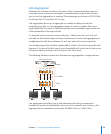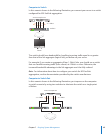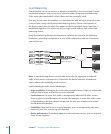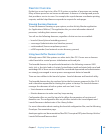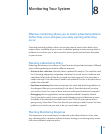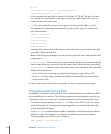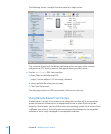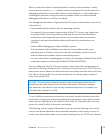
171
Eective monitoring allows you to detect potential problems
before they occur and gives you early warning when they
occur.
Detecting potential problems allows you to take steps to resolve them before they
impact server availability of your servers. In addition, getting an early warning when a
problem occurs allows you to take corrective action quickly and minimize disruption
to your services.
Planning a Monitoring Policy
Gathering data about your systems is a basic function of good administration. Dierent
types of data gathering are used for dierent purposes:
 Historical data collection: Historical data is gathered for analysis. This could be used
for IT planning, budgeting, and getting a baseline for normal server conditions and
operations. What kinds of data do you need for these purposes? How long does it
need to be kept? How often does it need to be updated? How far in the past does it
need to be collected?
 Real-time monitoring: Real-time monitoring is for alerts and detecting problems as
they happen. What are you monitoring? How often? Does that data tell you what
you need to know? Are some of these real-time collections for historical purposes?
 Debugging: Recurring problems can be analyzed and xed if properly tracked.
Even if you don’t control source code, good debugging logs and data can increase
the ability of the developer to address your issues. How can you capture what is
going wrong? How often? Does that data tell you what you need to know? Are they
problems you can x on your end, or do you need vendor support?
Planning Monitoring Response
The response to your monitoring is as important as the data collection. In the same
way a backup policy is pointless without a restore strategy, a monitoring policy makes
little sense without a response policy.
8
Monitoring Your System



